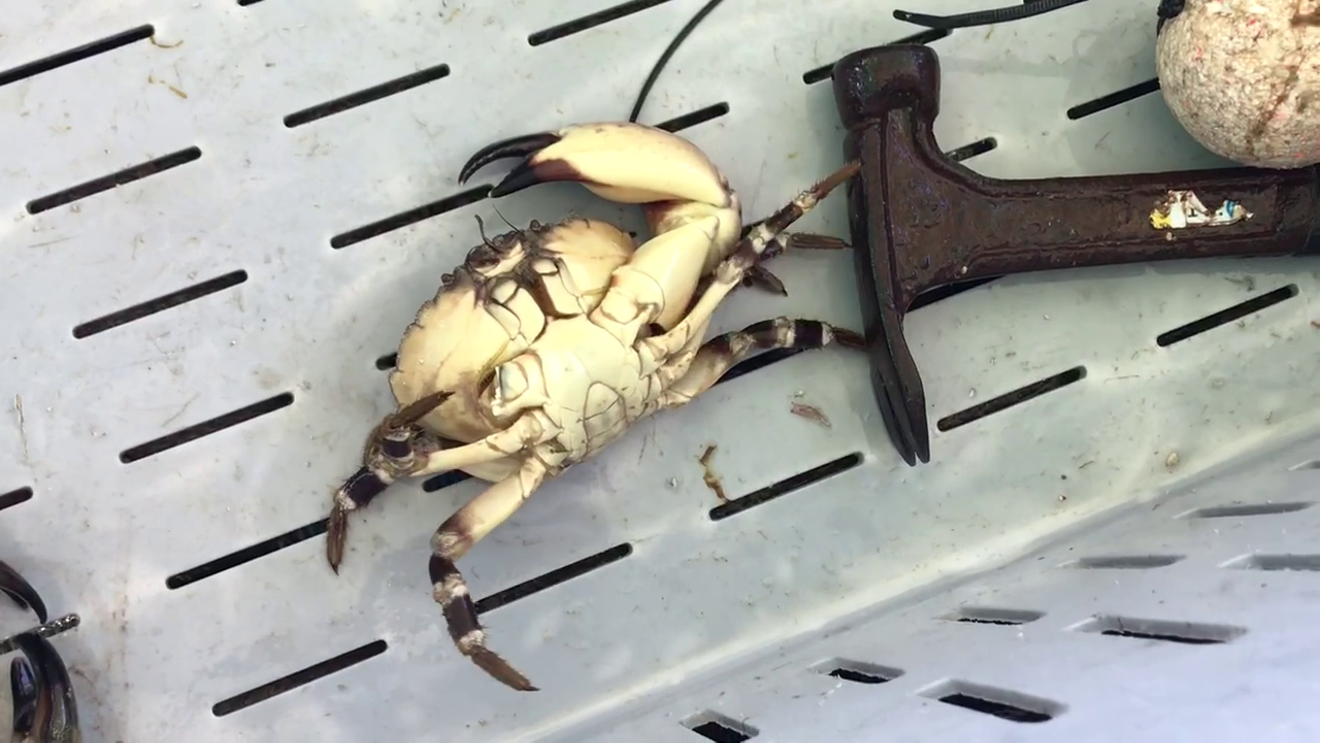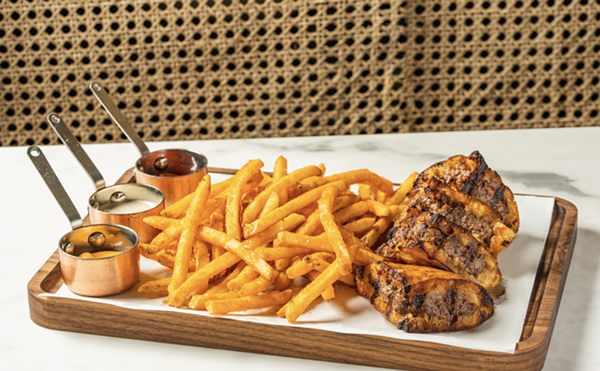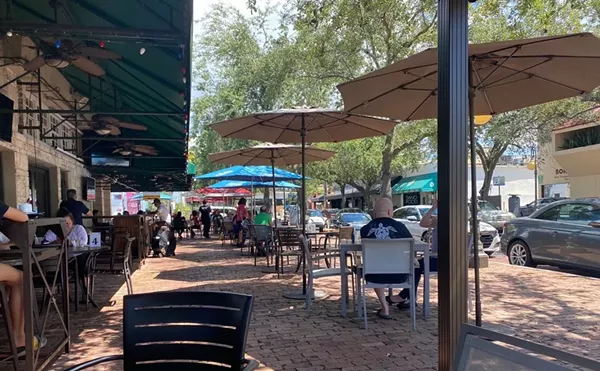For more than 100 years, Joe's Stone Crab has been a fixture in Miami Beach. What started as a seafood shack is now an iconic restaurant that has served presidents, celebrities, and locals. The restaurant, as evidenced by its name, specializes in Florida stone crab claws.
Stone crabs are unique, in that a claw can regenerate and that when properly harvested, a crab can be returned to the ocean alive. According to the Florida Fish and Wildlife Conservation Commission (FWC), it generally takes a year for a crab to regenerate a new claw.
Fishing for stone crabs is highly regulated by the FWC, which mandates the size of the crabs, bans the fishing of egg-bearing crabs, and enforces specific trap requirements.
But the animal-rights group People for the Ethical Treatment of Animals (PETA) contends that the crabs feel pain when a claw is removed and that crabs need both claws to defend and feed themselves in the wild. “Crabs need their claws to feed and defend themselves, yet they’re being torn apart — limb by limb — and tossed overboard to their deaths,” PETA executive vice president Tracy Reiman, said in a statement.
Today, April 13, at noon, PETA volunteers will protest outside Joe's Stone Crab (11 Washington Ave., Miami Beach), carrying a banner that reads, "It's a Rip Off! I Feel Pain, and I Need my Claws!" A PETA worker painted as a stone crab will writhe atop a giant plate as if in pain.
The protest coincides with PETA's release of a video that shows workers on a fishing boat that supplies Keys Fisheries slamming a shark against a boat and carving pieces off the animal, tearing parts off a live octopus, and tearing the tails off live lobsters and throwing the still-living creatures back into the water to die.
While it's legal in Florida to harvest both claws of a stone crab provided it is of sufficient size, "this practice leaves the stone crab with few alternatives to defend itself from predators." In addition, a crab that lacks claws can find it difficult to eat. "Although the crab can still obtain minimal amounts of food with no claws, having one claw (if the other one is harvested) will enable the crab to obtain greater amounts of food in a shorter amount of time. Stone crabs (like other crustaceans) have the ability to grow back their claws, but this process requires a large amount of energy in the form of food," the FWC states on its website.
The FWC also notes that a stone crab has a better chance of survival if a fisherman breaks off the claw at the body/claw joint. A research study on stone crab amputation found that 28 percent of stone crabs that lost one claw died, while the number nearly doubled for those that had both claws removed (47 percent).
Though crabs don't make noise, it's likely that they do indeed feel pain. A 2014 study conducted on 40 European shore crabs in the United Kingdom, found that crabs responded negatively to electric shocks, evidencing that they likely experienced pain or discomfort.
New Times has reached out to Joe's Stone Crab and PETA and will update this story with their responses.

Audio By Carbonatix
[
{
"name": "GPT - Billboard - Slot Inline - Content - Labeled - No Desktop",
"component": "22004575",
"insertPoint": "2",
"requiredCountToDisplay": "2"
},{
"name": "STN Player - Float - Mobile Only ",
"component": "22595215",
"insertPoint": "2",
"requiredCountToDisplay": "2"
},{
"name": "Editor Picks",
"component": "17482312",
"insertPoint": "4",
"requiredCountToDisplay": "1"
},{
"name": "Inline Links",
"component": "18711090",
"insertPoint": "8th",
"startingPoint": 8,
"requiredCountToDisplay": "7",
"maxInsertions": 25
},{
"name": "GPT - 2x Rectangles Desktop, Tower on Mobile - Labeled",
"component": "23181625",
"insertPoint": "8th",
"startingPoint": 8,
"requiredCountToDisplay": "7",
"maxInsertions": 25
},{
"name": "Inline Links",
"component": "18711090",
"insertPoint": "8th",
"startingPoint": 12,
"requiredCountToDisplay": "11",
"maxInsertions": 25
},{
"name": "GPT - Leaderboard to Tower - Slot Auto-select - Labeled",
"component": "17720761",
"insertPoint": "8th",
"startingPoint": 12,
"requiredCountToDisplay": "11",
"maxInsertions": 25
}
]












